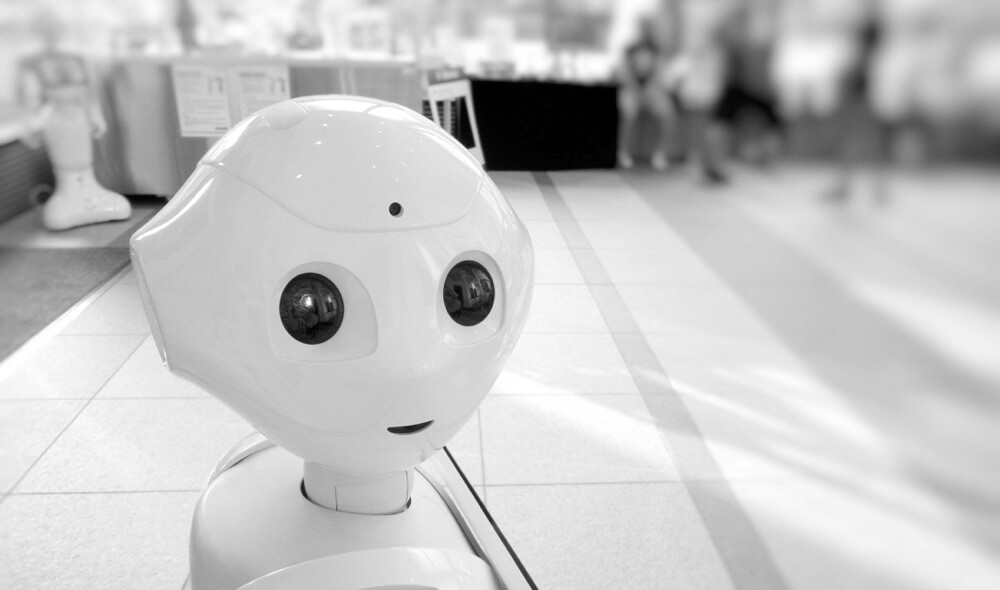As we saw in my previous blog, the IoT Hub allow us to collect millions of telemetry data and establish bi-directional communication between the devices, however, more than quantity, what we need is valuable insights that will lead to smart decisions. But how can we do that?
Collecting the data
There are thousands of sensors we can use, depending on the purpose. If we check the Microsoft documentation we will find tutorials for the Raspberry Pi, Arduino, Intel Edison or even simulators created with .Net, Java or Node.
The first step is always the creation of the IoT Hub on the Azure Portal. Next, we have to add the devices, which can either be done using C# and the IoT Hub Extension for VS 2015 or the Device Explorer. This last tool, provided by Microsoft, can easily register new devices in the IoT Hub and check the communication between the device and the cloud.
Once the devices are properly configured we will need to store the data, which can be done using a SQL Azure Database.
Represent the data
Now that we collected the data, we want to be able to represent it. One of the best ways to do that, is by creating some Power BI reports and dashboards, which will be populated via Stream Analytics.
A good example of a similar architecture and example dashboards can be found on Piotr’s blog Using Azure Machine Learning and Power BI to Predict Sporting Behaviour. Note that on his example, he used Event Hubs instead of the IoT Hub.
Insights and actions
Let’s imagine a transportation company is collecting the telemetry from a food truck equipped with speed, location, temperature and breaking sensors. In order to assist their delivery process, they have a report being refreshed with real time data that triggers some alerts when certain values are reached.
One of the operators received an alert from the temperature sensor, and after checking the dashboard he realizes the temperature is too high and it will affect the quality of the products being transported. Instead of calling the driver and make him aware of the situation, because the sensors are connected to an IoT Hub, he can simply send a command to the sensor and reduce the temperature.
More info:
https://github.com/Azure/connectthedots
https://sandervandevelde.wordpress.com/2016/02/26/iot-hub-now-available-in-europe/
https://powerbi.microsoft.com/en-us/blog/monitor-your-iot-sensors-using-power-bi/
https://blogs.msdn.microsoft.com/mvpawardprogram/2016/12/06/real-time-temperature-webapp/


Introduction to Data Wrangler in Microsoft Fabric
What is Data Wrangler? A key selling point of Microsoft Fabric is the Data Science
Jul
Autogen Power BI Model in Tabular Editor
In the realm of business intelligence, Power BI has emerged as a powerful tool for
Jul
Microsoft Healthcare Accelerator for Fabric
Microsoft released the Healthcare Data Solutions in Microsoft Fabric in Q1 2024. It was introduced
Jul
Unlock the Power of Colour: Make Your Power BI Reports Pop
Colour is a powerful visual tool that can enhance the appeal and readability of your
Jul
Python vs. PySpark: Navigating Data Analytics in Databricks – Part 2
Part 2: Exploring Advanced Functionalities in Databricks Welcome back to our Databricks journey! In this
May
GPT-4 with Vision vs Custom Vision in Anomaly Detection
Businesses today are generating data at an unprecedented rate. Automated processing of data is essential
May
Exploring DALL·E Capabilities
What is DALL·E? DALL·E is text-to-image generation system developed by OpenAI using deep learning methodologies.
May
Using Copilot Studio to Develop a HR Policy Bot
The next addition to Microsoft’s generative AI and large language model tools is Microsoft Copilot
Apr